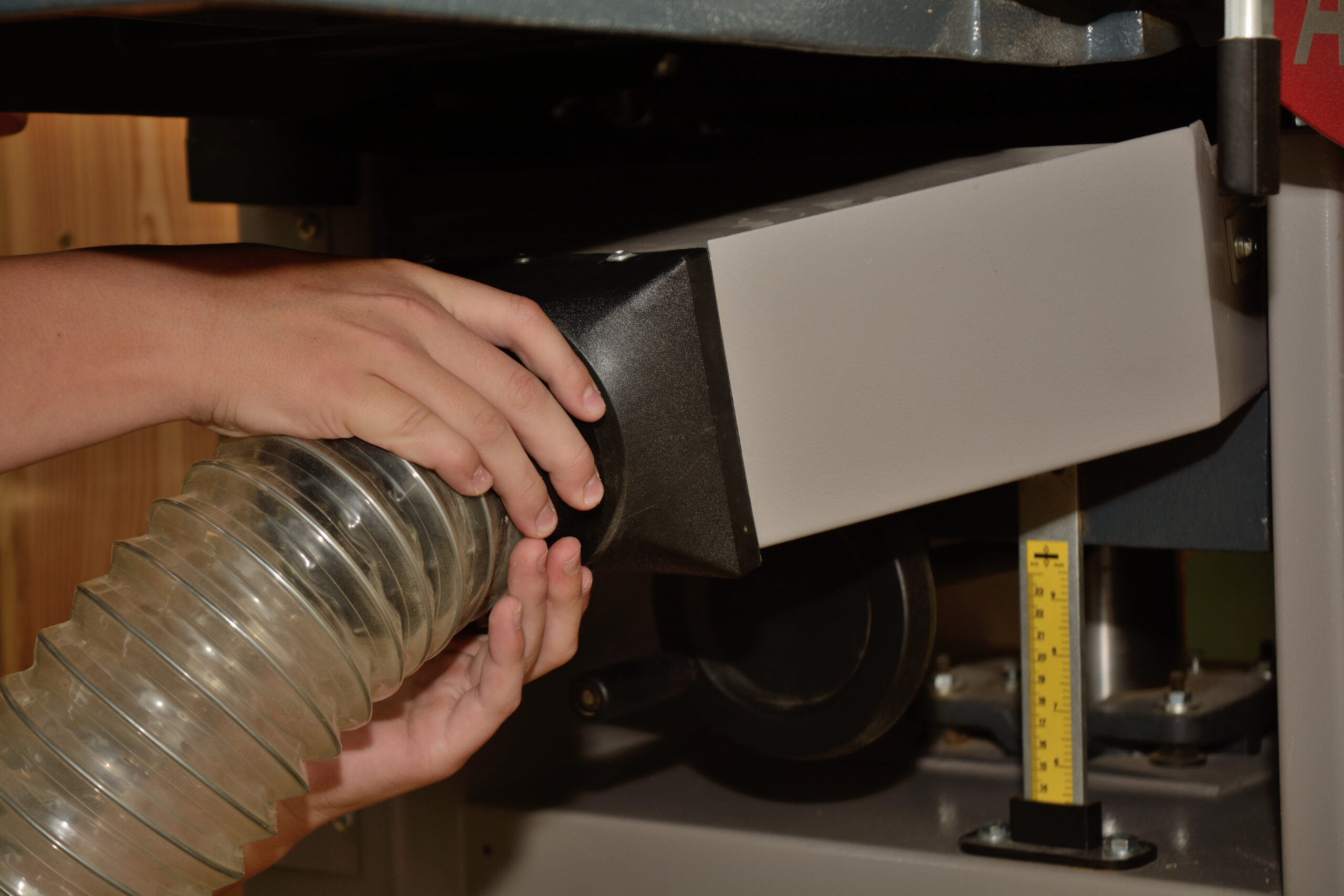The Column Model – Procedure (Part 7)
In the blog posts of the last few weeks, I have presented the column model of TRGS 600 [1] to you in detail. Now only one more column remains, which I would like to deal with today. In addition to hazards to humans and the environment arising from hazardous substance properties, the column model also includes the procedure used.
Procedure (column 6)
Various criteria are relevant for the classification in the column model. In columns 1-5 of the column model, information about the hazardous substance is used for the classification. For example, the H-phrases, the flash point or the aggregate state of the substance are considered. Column 6 is thus an exception. Here, the focus is not on the hazardous substance, but on the procedure that is used. In the following, I would like to list some relevant properties and their classification in the column model. The list of all points can be found in TRGS 600.
Very high and high hazard
Procedures where contact with the hazardous substance cannot be ruled out are classified as very high hazard. This therefore includes open processing or the possibility of direct skin contact. In addition, procedure indices specified in TRGS 500 [2] can be used for the classification. The procedure index indicates the exposure potential of a facility. For example, an index of 0.25 indicates a completely enclosed facility. In contrast, a facility that is open and has no ventilation is given an index of 4. These facilities with an index of 4 are therefore also classified as “very high” in the column model.
A procedure index of 2, i.e. a partially open design or an open design with extraction, is classified in the high category.
Medium and low hazard
A procedure index of 1 refers to closed facilities where leak tightness cannot be guaranteed or to partially open facilities with effective extraction. These facilities are classified in the medium category. Procedures with closed processing, but where exposure possibilities may arise, for example during cleaning, are also located here.
Closed construction, where tightness is guaranteed, or also partially open facilities with highly effective extraction are considered closed (procedure index 0.5). These therefore pose only a low hazard.
Negligible hazard
Procedures with a procedure index of 0.25 are classified as negligible. As already mentioned, this refers, for example, to closed facilities in which tightness is guaranteed or an extraction system is integrated and skin contact is also excluded.
Conclusion
For the classification in column 6 of the column model, a precise knowledge of the procedure is necessary. The TRGS 500 allows a good classification via the index, which means that a statement can be made about the degree of closure. Compared to the hazardous substance properties, this cannot be read out from the safety data sheet. Our software solution GeSi³ facilitates the classification of your hazardous substances into columns 1 to 5 by means of the integrated hazardous substance comparison including column model directly in the software. The classification in column 6 is directly dependent on the activity under consideration and is part of the risk assessment.
[1] Technical Rule for Hazardous Substances, TRGS 600, version 27.07.2020, BAuA website
[2] Technical Rule for Hazardous Substances, TRGS 500, version 01.04.2021, BAuA website (german version)

